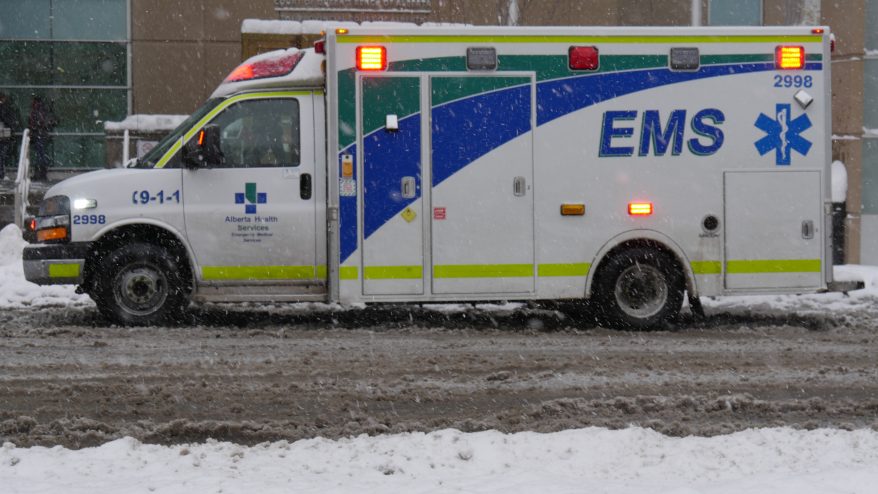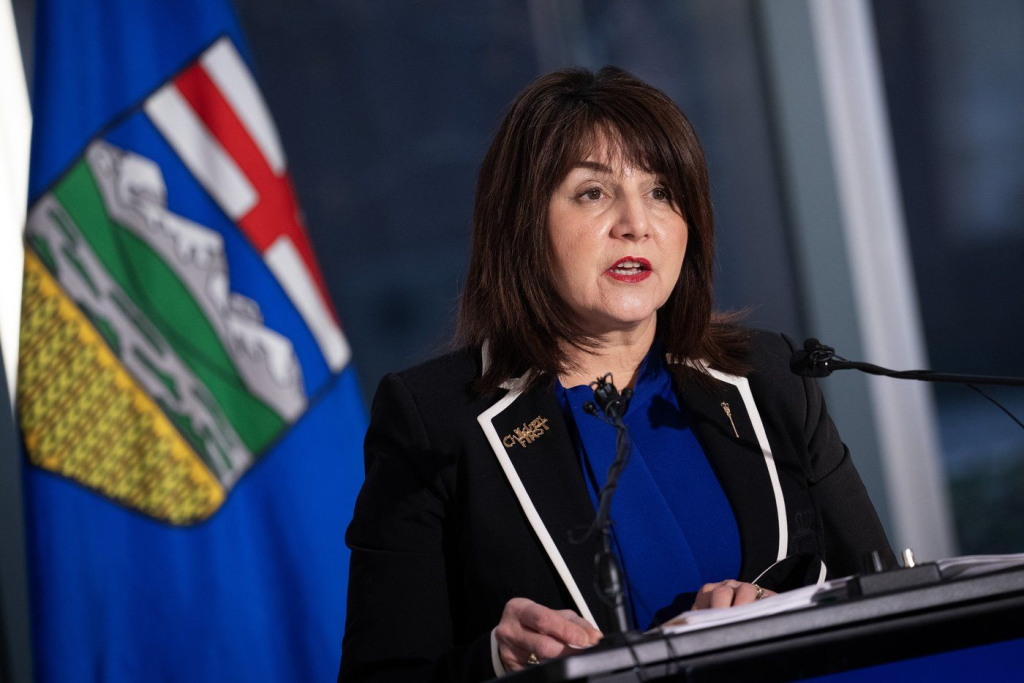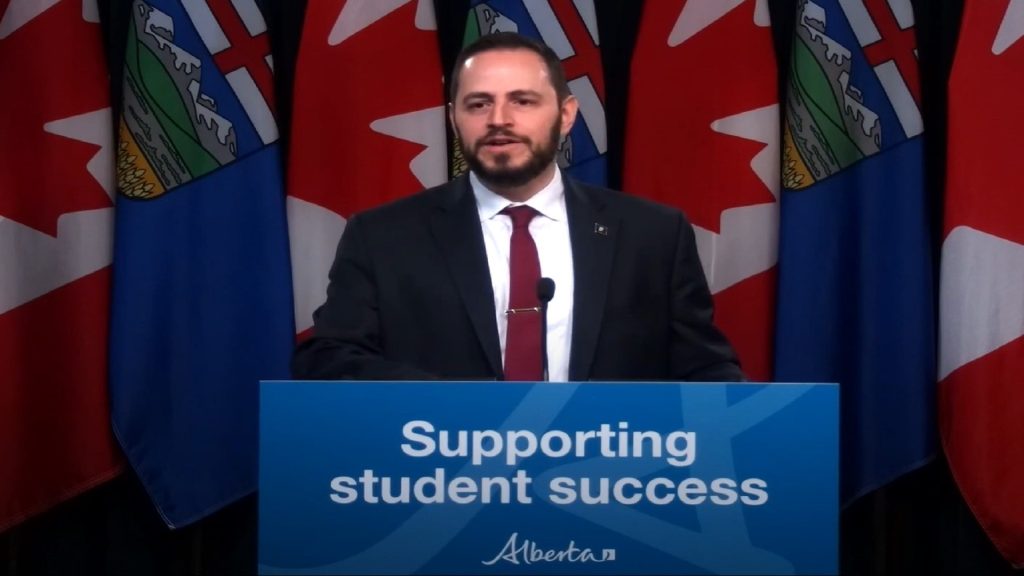Alberta adding 20 ambulances for Edmonton, Calgary peak hours as part of EMS reforms

Posted Jan 16, 2023 12:13 pm.
Last Updated Jan 16, 2023 3:48 pm.
Alberta Health Minister Jason Copping says the province plans to add 20 more ambulances to Edmonton and Calgary during peak hours and implement other reforms to reduce bottlenecks hampering front-line care.
“All EMS workers across the province have been feeling the impact of the significant increase of 911 calls,” Copping said Monday at a news conference in Spruce Grove, Alta., west of Edmonton.
The volume of calls has gone up by as much as 30 per cent over the past year and a half, he said.
“Response times are too long and we have to get them back down, and that means adding resources and using new strategies.”
Copping said the province is also to set a target of 45 minutes for off-loading patients at emergency departments and establish a policy so paramedics don’t have to wait at hospitals with patients when ambulance availability is low.
Edmonton and Calgary are each to get 10 new ambulances for peak times, adding to the 19 ambulances added in both cities during peak times in 2022.
These changes are on top of previously announced initiatives, including fast-tracking patient transfers at emergency departments by moving less urgent cases to waiting areas and contracting out non-emergency patient transfers to free up ambulances.
The changes stem from recommendations made by an advisory panel exploring ways to reduce pressures on ambulances that are causing a domino effect of long wait times and overcrowding in the system.
“Front-line EMS practitioners are overextended and at breaking point,” stated the report from the Alberta EMS Provincial Advisory Committee, released Monday by Copping.
“EMS crews wait long periods of time at emergency departments to hand off a patient to hospital staff.”
The report also stated that remote areas are being penalized as scarce resources are increasingly redirected to the larger centres. It called for more recruitment and opportunities for enhanced training of staff.
Copping said his government agrees to and will act on all the recommendations.
Copping also released a second report that says centralized ambulance dispatch is not hampering the system but, like other areas, is constrained by high demand on existing resources.
“From 2017 to 2022, emergency EMS events in Alberta grew by 39 per cent, driven by a growing population, an aging population, and a number of other drivers such as the opioid epidemic,” stated the report by PricewaterhouseCoopers.
“Compounding this challenge, the average time to respond to each event has increased by 18.5 minutes from 2017 to 2022 due to hospital wait times, and COVID-19 protocols.
“This demand for EMS is expected to continue growing, further straining EMS services in the province.”
Related Stories:
-
Alberta introducing alternatives to ambulances for non-emergencies
-
Thousands of ambulance shifts go unfilled each month in Calgary: NDP
-
Alberta police take patients to hospital
Opposition NDP health critic David Shepherd said the UCP government is “nibbling around the edges” of the problem and needs to hire more full-time paramedics.
“It’s too little too late,” Shepherd said.
“The UCP is completely ignoring clear calls from paramedics themselves to get crews off shift on time, to offer all paramedics a permanent full-time contract with benefits and the expansion of harm reduction services to cut down on the huge number of calls related to drug poisonings.”
Mike Parker, the head of Health Sciences Association of Alberta, representing paramedics, said the announcement of more ambulances doesn’t mean anything unless more people are hired to staff them.
“Calgary had more than 9,000 unfilled shifts last year,” Parker told reporters on a Zoom call, adding Edmonton had more than twice that number.
“The issue is a lack of paramedics, not a lack of ambulances.
“What we have right now is a system that functions in a code red system all day long, and it’s burning out our folks.”








